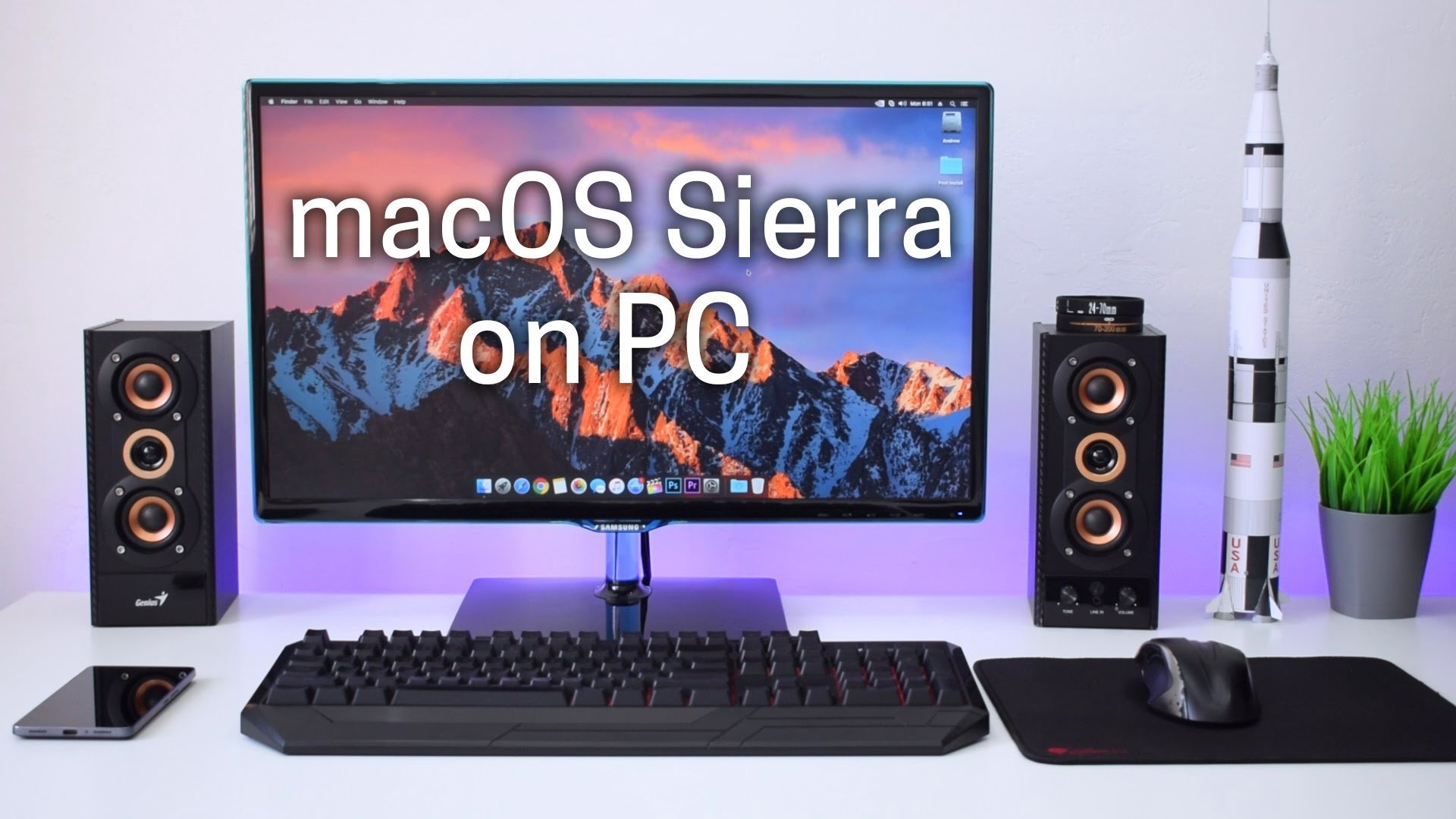
- #How to: use pgp for linux, mac os x, or windows install
- #How to: use pgp for linux, mac os x, or windows verification
- #How to: use pgp for linux, mac os x, or windows software
- #How to: use pgp for linux, mac os x, or windows code
- #How to: use pgp for linux, mac os x, or windows download
#How to: use pgp for linux, mac os x, or windows download
Download a copy of Session, and then find a message that looks like this: If you prefer, we’ve also created a video tutorial for verifying files using GPG on Windows.Ġ. The process is slightly different depending on which operating system you’re using, so we’ve included guides for Windows, Linux, and MacOS. Here’s how you can use those signed hashes to verify your downloads. That’s why we always publish signed hashes with all of our releases - so you can rest easy knowing your copy of Session hasn’t been tinkered with. Once you’ve done that, anybody that has your GPG public key can check to see if it was the real you that signed the message. Using GPG encryption, you can sign a piece of information - like a message containing a hash. GNU Privacy Guard (GPG) allows for the secure transmission of information, and we can use it to verify both the origin of a message, and that its contents haven’t been altered. So, you compared the hash of your version of Session with a hash published by a Session developer, and they matched! Great, but… how do you know it’s really a Session dev that sent you that hash? Verifying online identities can be tricky, but in this case it’s doable using public key encryption - like the one Session uses in its decentralised friend request system. Signed, sealed, delivered: Public key encryption This means that, for example, if you and a Session developer can generate matching hashes using a version of Session, you’ll know for sure your version is exactly the same as the one shipped by the developer. One of the most commonly used hashing algorithm families is the ingeniously named Secure Hash Algorithm 2 (SHA-2), which contains the hashing function SHA-256 (more on that later).īut, the biggest reason hashes are important is because they’re one-way tickets: you can use any data to generate a hash, but you never use a hash to generate data. This means that if two different people can generate the same hash, they can verify that they’ve both got the exact same information. Hash-what, you ask? Well, you can apply a cryptographic hashing algorithm to a piece of information - such as a computer program - and it’ll generate a functionally unique hash. That way, you know exactly what your computer is running.įor the rest of us, you can do something called hash verification.
#How to: use pgp for linux, mac os x, or windows code
If you really want to, you can even check Session’s code and compile it yourself. For Session (and most open-source projects), all our official releases can be found on our GitHub and our website.
#How to: use pgp for linux, mac os x, or windows software
Well, first thing’s first: you should always make sure you’re downloading software from a trusted source. Everything is downloaded: the apps you use to keep in touch with your family, the video games you use to wind down after work, and probably even the web browser you’re using to read this article.īut this introduces a problem - how do you make sure all this software you’re downloading is authentic? īack in the day, software used to arrive in the form of floppy discs, MiniDiscs, and CD-ROMs.
#How to: use pgp for linux, mac os x, or windows verification
These are guides published by the Electronic Frontier Foundation on usage of PGP for personal protection and privacy.Don’t care what’s behind the scenes? Skip straight to software verification tutorials for macOS, Linux, and Windows. Scroll down to GnuPG Binary Releases for the download of your choice. On Mac and Linux we recommend the use of tools. On windows computers we recommend the use of Gpg4win. Similarly, files can be signed in such a way that only you can open it. You can for example digitally sign your files in such a way that ensures to recipients that only you are the legitimate sender of such communication.
#How to: use pgp for linux, mac os x, or windows install
We recommend that you use open source PGP tools that you can install and run on your desktop to decrypt and encrypt your communication. You will, on the other hand, need to be able to decrypt communication that you receive that is encrypted somehow. If you use PGP, the XcooBee network will have absolutely no way to read your communication or documents.

(You will need to be a basic level subscriber for this to be visible.)

Simply go to your Settings:Security tab to manage your keys.

By publishing the public part of their key users enable others to communicate in an encrypted manner. At XcooBee we allow users to bring their own keys that they manage. PGP and similar software follow the OpenPGP standard (RFC 4880) for encrypting and decrypting data. PGP is used for signing, encrypting, and decrypting texts, e-mails, files, directories, and whole disk partitions and to increase the security of e-mail communications. Pretty Good Privacy (PGP) is an encryption program that provides cryptographic privacy and authentication for data communication. XcooBee uses PGP extensively and has support build in for many interchanges. You will have heard the abbreviation PGP used many times but had not had a chance to learn more about it.


 0 kommentar(er)
0 kommentar(er)
